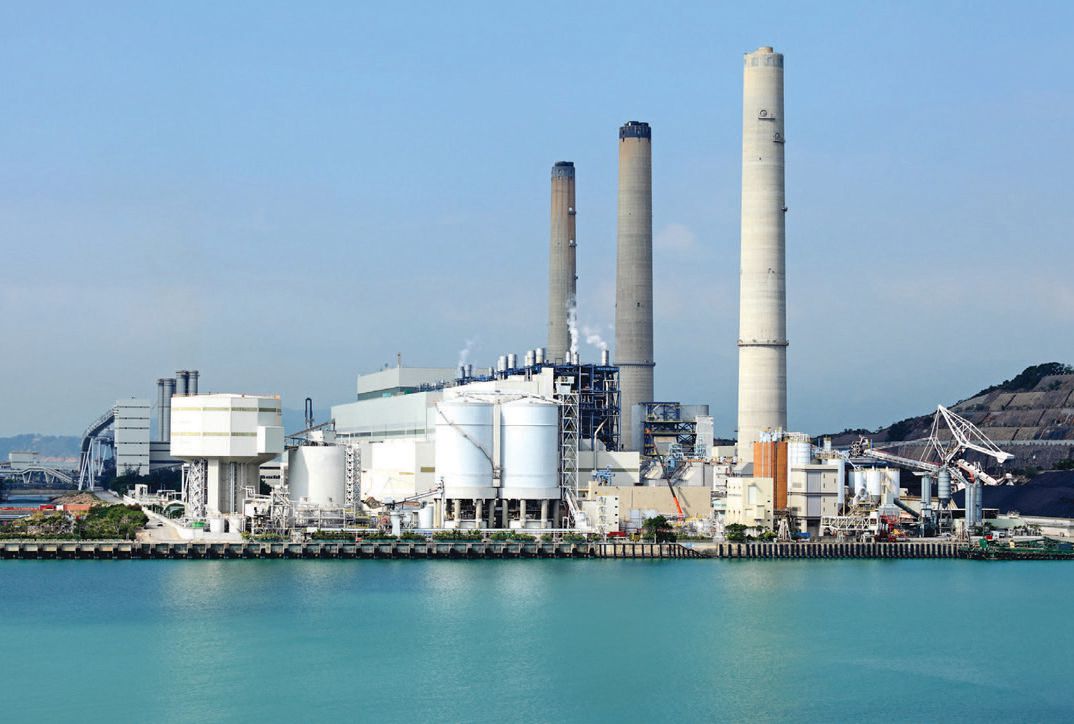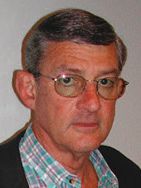Whither shall we survive?
Dr. Robert M. Gresham, Contributing Editor | TLT Commentary August 2014
How innovating tribologists are solving the thermal and carbon pollution crises.
WELL, I PROMISE I’ll get off the topic after this one last prosaic flagellation. In the June TLT, I railed about thermal pollution as a real, but not much talked about, threat to our survival. This time I’m back on the latest blather about global warming. Oops, sorry that term is passé, I meant global climate change, so you can blame anything that happens with the weather on whoever you don’t like today.
What caused this outbreak on my part was my attendance at a workshop held during this year’s STLE Annual Meeting on funding and research in tribology and a recent article published in the
Wall Street Journal, “Dreaming the Impossible Dream” by Robert Bryce. No obvious connection, right? Let’s see.
In the article, Bryce cites comments from Bill McKibben, a climate-change activist. McKibben says we
have to cut our fossil fuel usage 20-fold and use only renewable fuels. But Bryce points out that on closer inspection the math is a little faulty. According to a BP Statistical Review of World Energy, humans consume about 218 million barrels of oil equivalent energy per day?of which about 83 million comes from actual oil, 75 million barrels of oil equivalent from coal and 60 million barrels of oil equivalent from gas. Reducing this by a factor of 20 would get us down to about 11 million barrels of oil per day. This is about the amount of energy now consumed by India, where 400 million people lack access to electricity. Hmm.
Looking at it another way, Bryce points out that in 2012 the average resident of the planet consumed about 1.3 gallons of oil equivalent a day from hydrocarbons. If we were to follow McKibben’s dictum, and we all shared equally, then we would be allotted about 8 ounces of oil equivalent energy per day. For perspective, in Bangladesh, not one of the wealthier nations, the average resident uses about 17 ounces per day. Thus, it is hard not to find this a little irrational.
Apparently, we are to rely solely on renewable energy (no nuclear, either). But again the numbers seem a bit irrational. According to the BP review, global electricity demand is growing by about 450 terawatt-hours per year, which, according to the International Energy Agency, is expected to continue for at least the next 20 years.
So let’s look at solar power. For example, Germany, which has more solar capacity than any other country, produced 28 terawatt-hours in 2012. Thus, the world would have to install 16 times as much capacity as Germany currently has every year for the next 20 years.
If we look at wind, we would need to install 280,000 megawatts of new wind capacity per year. The areal power density of wind energy (the amount of power that can be generated from a given amount of land) is about one watt per square meter. Thus, we would have to install about 280,000 square kilometers of wind capacity per year. This is equivalent to 108,000 square miles or an area about the size of Italy, where we would have to install wind turbines per year. Ain’t gonna happen. For further comparison, nuclear power has an areal density of about 50 watts per square meter, while oil and gas are on the order of about 27 watts per square meter.
So it’s pretty obvious that oil, gas and nuclear are going to be with us for many years to come. Also, the problems of both thermal and carbon pollution of the atmosphere from carbon oxides and low molecular weight hydrocarbons, like methane, will continue, whether it leads to warming or cooling or whatever other unintended consequence arises. The fact is, we are using up our various sources of burnable carbon from whatever source, including renewables, and converting it into an atmospheric contaminant. Thermal and carbon pollution are the real threats to our long-term survival and sustainability.
 The opportunities in the efficient and effective end-use of electric power have been a focus of tribologists for many years.
The opportunities in the efficient and effective end-use of electric power have been a focus of tribologists for many years.
POTENTIAL SOLUTIONS
Let’s get back to the workshop I attended. Historically, mankind has consistently improved the standard of living through a wide variety of inventions, many of which have also had unintended consequences, some good, some bad. The point is that the solution to carbon pollution will need to come from some pretty good inventions, not the laws and dictums of those seeking to capitalize on the crisis.
Implicit from those who share McKibben’s approach are reducing population growth and living standards, which are improbable given the state of emerging nations and their economies. At the workshop, STLE Past President Dr. Andy Jackson pointed out that methodologies for managing the problem involve improving efficiency, reducing CO
2 from existing sources, using non-CO
2 sources and carbon capture and sequestration (CCS). The opportunities in the efficient and effective end use of electric power have been a focus of tribologists for many years.
For tribology, there are many new opportunities in the following areas:
•
Electricity generation, mining, processing and transporting coal (and uranium).
•
Drilling for, producing and transporting natural gas, steam and gas turbines for electricity generation.
•
CO
2 capture, compression, transportation and storage (CCS).
•
Coal gasification, syngas processing.
•
Coal oxy-combustion, very high temperature, helium-cooled nuclear reactors and renewables (solar thermal, geothermal, wave, wind, hydro and components for a modern (smart) electricity distribution grid).
•
Mining, extracting, drilling, producing, transport equipment.
•
High-speed, high-temperature plain, rolling or gas bearings.
•
Lubricants with high temperature stability, low wear, low deposits, corrosion inhibition, water and air separation.
•
Seals (steam seals, blade-gas path seals, lubricant seals).
•
Rotor blades and nozzles with wear and erosion resistance.
•
Inexpensive and reliable CO
2 compressors for CCS.
•
High-volume, high-pressure solids/ slurry pumps for integrated gasification combined cycle (IGCC) for gasification of coal and other carbon fuels into gas.
•
High-temperature helium turbines and compressors.
•
Mirror actuators and molten salt pumps for solar thermal.
•
High strength and corrosion resistance in ocean environment.
•
Refrigerators and cryogenic pumps for liquid nitrogen (HTS).
So at the end of the day, the real issues aren’t amenable to sound bites, politics, talking heads, blow-hards, etc. The real issues—how to manage thermal and carbon pollution—will come from the hard work of scientists and engineers as we learn how to capture and recycle heat and carbon. We tribologically disposed folks are right in the thick of it, as we enable various new technologies to manage these problems.
Only through innovation shall we survive.
 Bob Gresham is STLE’s director of professional development. You can reach him at rgresham@stle.org
Bob Gresham is STLE’s director of professional development. You can reach him at rgresham@stle.org.